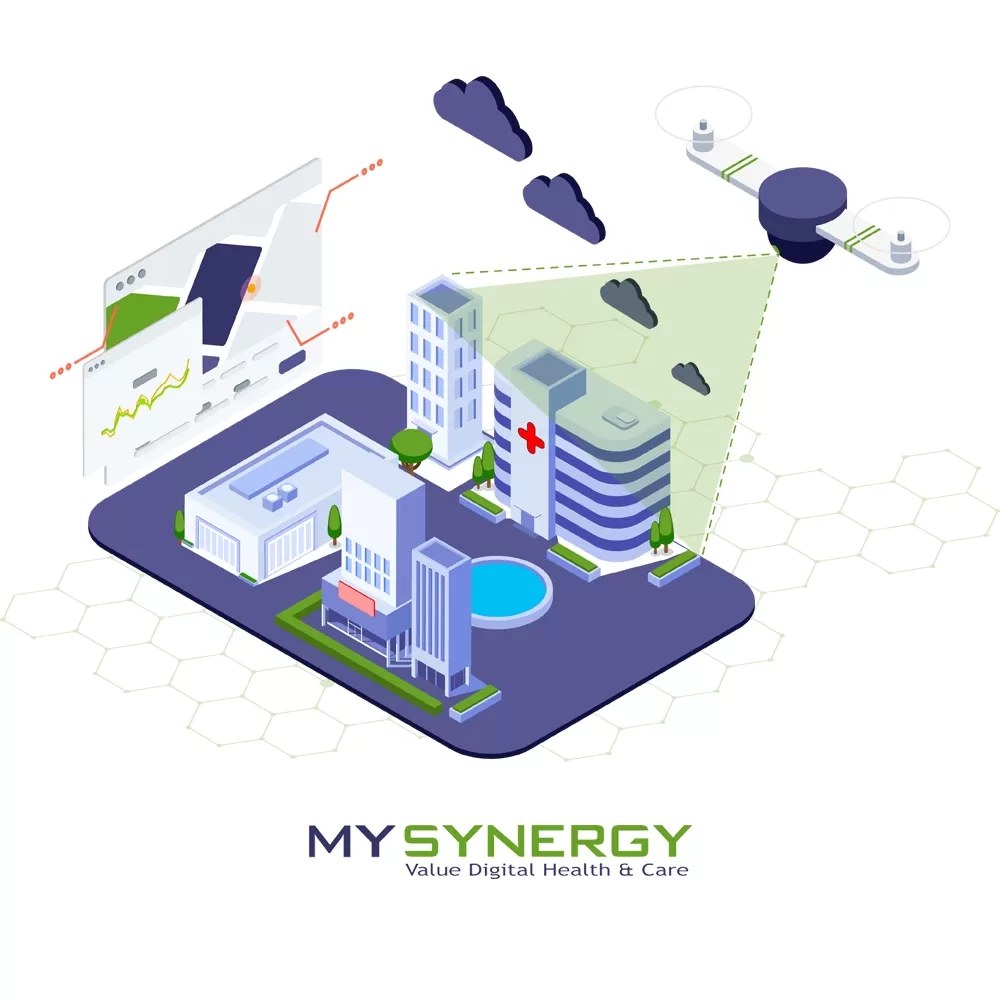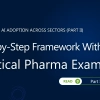hOPTin – a Joint Project to Optimize the Hospital Processes and Costs
MY Synergy has initiated a pilot value-based healthcare project called hOPTin to analyze, optimize, and automate processes within the University Hematology Hospital Sofia. The project has been active for two years and aims to improve the overall patient journey and patient outcomes. The Digital Health and Innovation (DHI) Cluster Bulgaria is a strategic partner of the project and most of the events and activities have happened with its support and insights. The Bulgarian Lymphoma Patients Association participates as a Key partner. The Association of Research-Based Pharmaceutical Manufacturers in Bulgaria (ARPharM) funds the project. The Bulgarian Medical Association is an official partner of hOPTin and partners in its activities and events.
The goals of the project are several. To present to what extent the optimization of business processes and information systems in a medical facility can optimize its costs, provide efficient informational support for improving patient access to treatment and quality of service, and increase the overall efficiency in the health sector in Bulgaria.
The scope of hOPTin includes several important activities that would fulfill the goals. These activities involve analysis and assessment of current business processes, informational flows, and services, currently issued documents and used nomenclatures within the hospital, and their concordance with business processes, health information systems, and project management. We established a project structure and meeting schedules that guarantee the proper delivery of the activities. The project structure consists of advisory board meetings, operational workshops, and internal meetings. The advisory board meeting is a discussion session for the criteria and optimization processes, and the workshops are sessions for exploring and analyzing difficulties, bottlenecks, services, and patient satisfaction. At the internal meetings, the project team discussed challenges and mitigation strategies. The methodology that we have used to assess the optimization of service processes (diagnostics, screening, treatment) of the University Hematology Hospital Sofia through digital technologies included the implementation of a micro-costing method for assessing the hospital’s total costs. First, we chose the perspective – that is, of course, the one of the Hematology Hospital. Then, we identified and listed the medical and non-medical resources for the different patient flows (diagnostics, staging, screening, infusion, and tablet form). After that, we defined sources of data for the resource costs. Afterward, we had to evaluate the expenditures and analyze the total costs. The data from the hospital and the yearly financial report calculated the average patient cost. The entire hOPTin project consists of three phases. In the first phase, we conducted various assessments of business processes, available patient services in the Hematology Hospital, quality of hospital data and data collection processes, patient pathway and document flow, and interactions between the different hospital departments. We have used various tools to generate our detailed reports and make conclusions. These tools include process maps, patient questionnaires, physician questionnaires, heatmaps reports, time measurements, cross-reference and activity charts, and diagnosis. More than a hundred patients took part in the feedback surveys. We measured the patient-reported experience. Additionally, we used IoT devices to track patient paths and time.
The second phase (Phase II) identifies improvement opportunities and delivers specific recommendations based on medical guidelines and best practices. Currently, we are at the last stage of phase II, where we have made GAP analysis tailored recommendations, such as: implementing a patient appointment system, scheduling the different groups of patients differently (according to the respective procedure that they need), removing the paper information flow, combining the reception and information services for patients in one place, enabling health data for analyses, defining and measuring key performance indicators, etc. KPIs are quantitative and quality indicators. Quantitative indicators consist of the number of patients per day, the number of administrative steps required, and the average time per patient. On the other hand, quality indicators include patient and physician feedback questionnaires. We conducted an economic analysis of patient flows and a comparative analysis of therapies with PTGs. We designed and created business processes for the diagnosis process, screening, infusions, a tablet form of treatment, staging, and evaluation of the therapeutic response.
We are happy that, very shortly, we are going to initiate activities. The third phase of hOPTin will start in the Fall of 2022. These activities contain monitoring and reporting tools and materials (recommendations). These recommendations have to be shared throughout the hospital by the nominated responsible employees.





